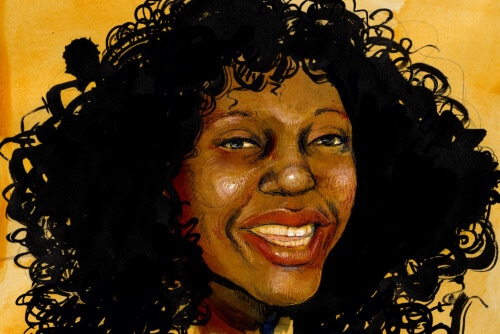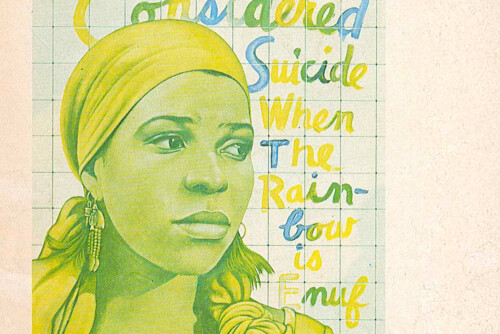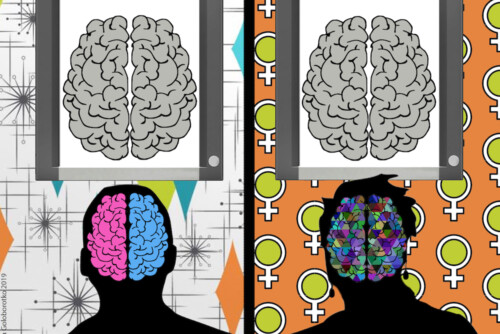Introduction to the Occuprint Collection
Like many parts of the #Occupy movement, Occuprint had its origins in the spur of the moment, in the rush and excitement and fresh air of an emerging social movement. In November 2011, within weeks of the initial occupation of Zuccotti Park, a small group of artist-activists launched an effort to curate the poster art that was beginning to emerge from the global Occupy movement. The effort resulted, first, in a poster edition of the Occupied Wall Street Journal; then in a website featuring a sprawling collection of digital images; then in a fine art poster collection; and subsequently in a wide range of other projects and manifestations.
For this “Activism and the Academy” issue of S&F Online, we selected a small subset of the posters collected by Occuprint’s butterfly net. We chose work that introduces several of the powerful themes that emerged within our broader collection of posters in a way that we find to be beautiful and incisive. Posters here refer to the 99%, student debt, the general strike, and personal and collective transformation, among other topics. They were made by artists from a diversity of locales—Brooklyn, Jakarta, London, Montreal, Rio, Belgrade—and with a range of experiences. Some of the contributors (including Christie Road, Faviana Rodriguez, Josh MacPhee) are well-known professional artists with roots in activist communities. Other contributors are less well-known.
Designed and submitted for inclusion on our site by artists from around the world, the images collected here represent, to some degree, one strain of the visual vernacular of the post-subprime mortgage crisis era, and the Occupy generation. They deploy many of the most common signifiers emerging from and around OWS (the Guy Fawkes mask, the Monopoly man, the Wall Street bull, the camping tent, the hashtag, the cat meme). And they raise a lot of questions—about why certain images take hold of our imaginations, about what Occupy meant to the people who participated in it, and about how visual culture works to communicate oppositional ideas, for instance—that will never be answered definitively.
Occuprint originated out of an impulse to capture the diversity of the Occupy movement rather than assert some sort of a unified iconography. A movement calling for “no demands” certainly suggests some unease with simplified representations. But with all the rhetorical emphasis on process over product, Occupy did more than take space; it took aesthetic form. And the image-world of Occupy can tell us a lot about how people imagine and enact power, agency, oppression, and resistance.




